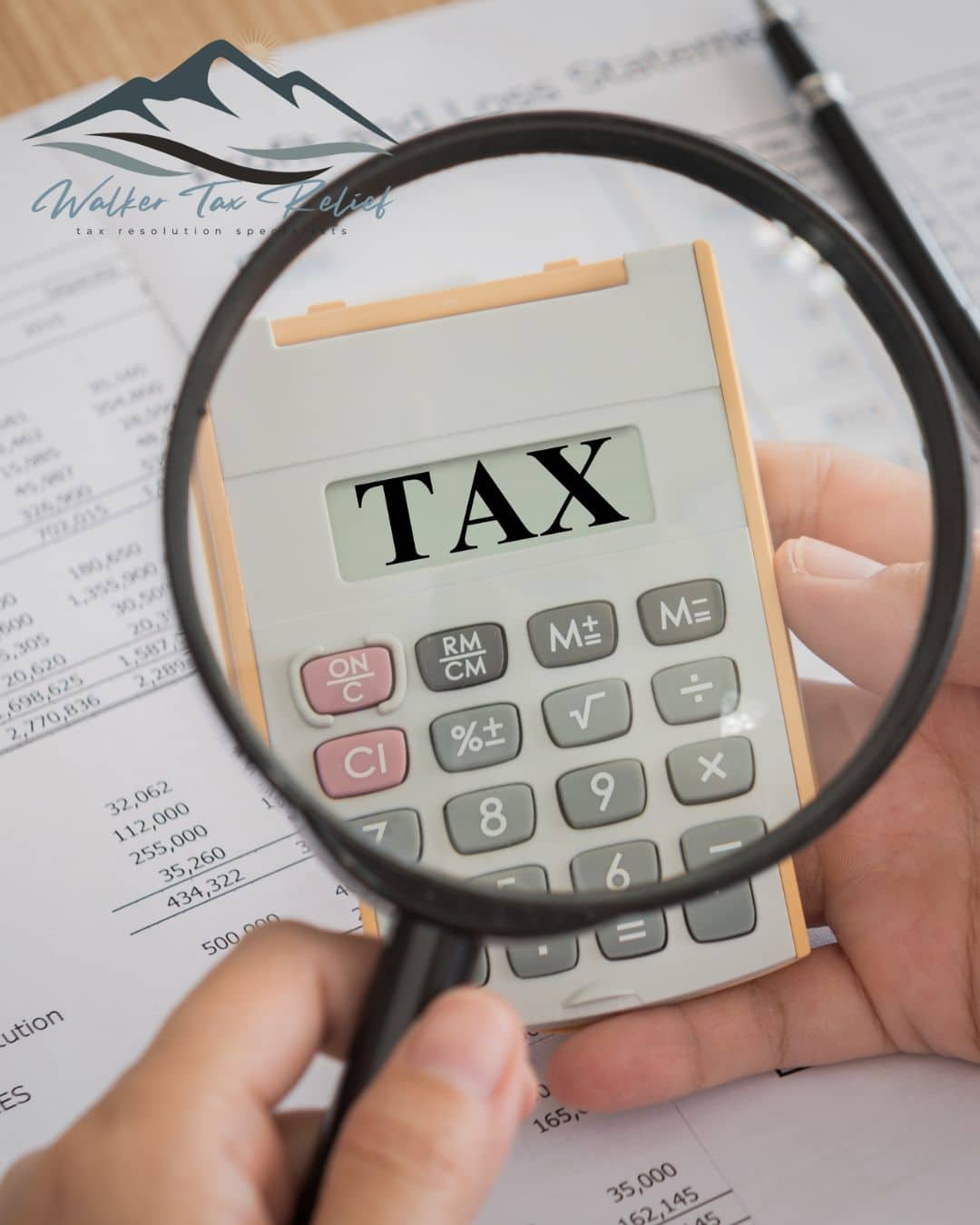Tax preparation is the process of collecting and organizing your financial documents and using that information to accurately complete and file your tax return. While every tax situation is unique, this process typically includes gathering forms like W-2s, 1099s, and any documents related to deductions and credits you may be eligible for.
Step 1: Gather Your Documents
Before you begin, it’s essential to collect:
W-2s from employers
1099s from contract or freelance work
Records of income from side businesses, investments, or rental properties
Receipts or documentation for potential deductions and credits (e.g., charitable donations, student loan interest, mortgage interest, medical expenses)
Step 2: Choose How to File
There are two main ways to prepare your taxes:
Tax Software
For individuals with simpler returns, programs like TurboTax or H&R Block can guide you through the process step-by-step and even suggest deductions and credits.
Professional Tax Preparer
If your tax situation is more complex—or you just want peace of mind—working with a tax professional can be your best option. A professional can help ensure:
You’re claiming all eligible deductions and credits
Your return is filed accurately and on time
You’re prepared for any potential IRS inquiries
Step 3: Review and File
Regardless of your method, always review your return carefully before filing. Mistakes—such as incorrect Social Security numbers, math errors, or missing signatures—can lead to delays or reduced refunds.
Bottom Line:
Tax preparation doesn’t have to be overwhelming. Whether you use software or work with a trusted professional, staying organized, proactive, and thorough makes all the difference.
Need support with your next return?
Walker Tax Relief is here to help—so you can file with confidence and avoid costly mistakes.
6 Myths About Tax Professionals
At least 1 in 9 Americans are facing tax problems. This isn’t surprising when you realize the U.S. Tax Code and IRS...



